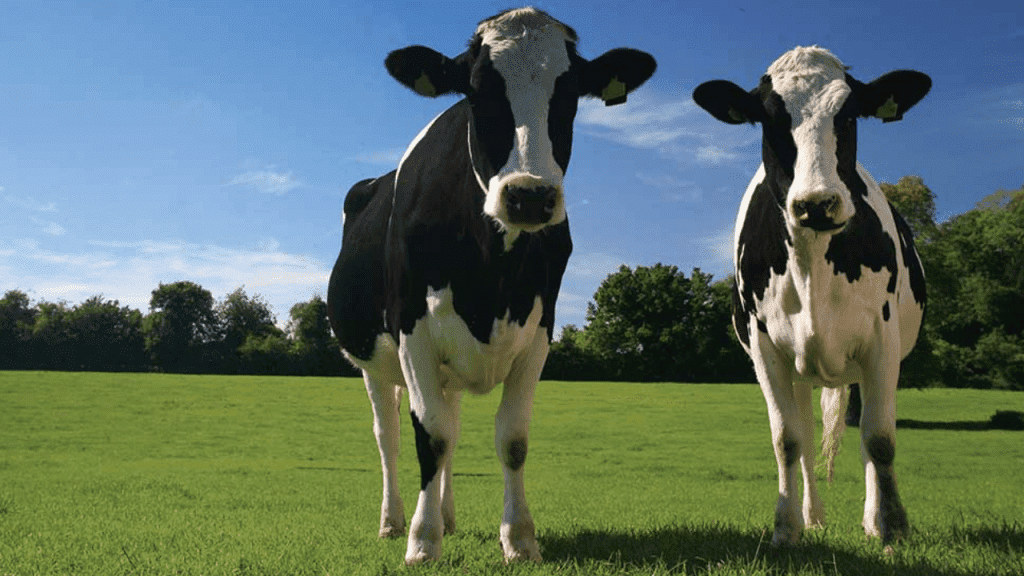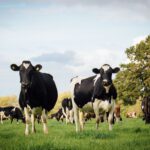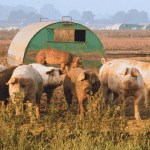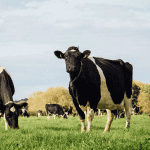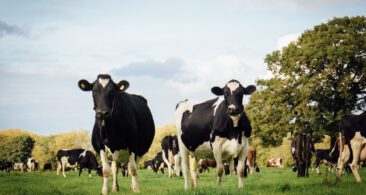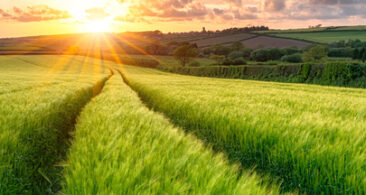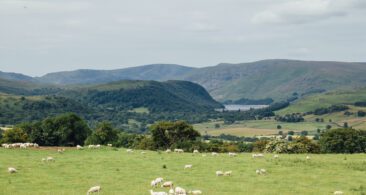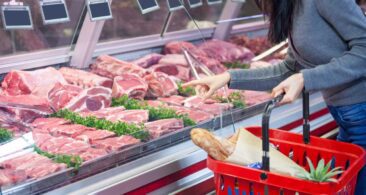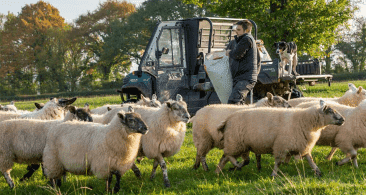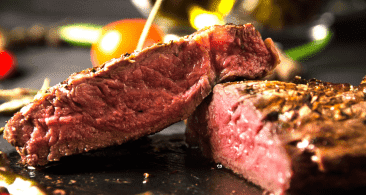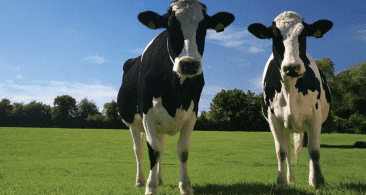UK livestock emissions are estimated to make up around 6% of UK's total GHG emissions, making it one of the smallest contributors. Transport dominates emissions at 27%, followed by energy supply at 21%, business at 17%, residential sector at 15% and all agriculture at 10%.
Globally, figures largely mirror the UK, with the FAO putting direct livestock emissions at around 6%. It is commonly cited that livestock emit more emissions than transport, but this is untrue. The FAO estimates direct emissions from transport are around 16%.
The vast majority of carbon emissions from livestock is methane (CH4), produced from cattle and sheep. While methane (CH4) is 28 times more warming than carbon dioxide (CO2), it has a much shorter lifespan of around a decade (CO2 is around 1000 years). After 10 years, methane (CH4) is broken down into CO2 and water, with the CO2 returning to the plants or grass the cow ate, through the process of photosynthesis.
